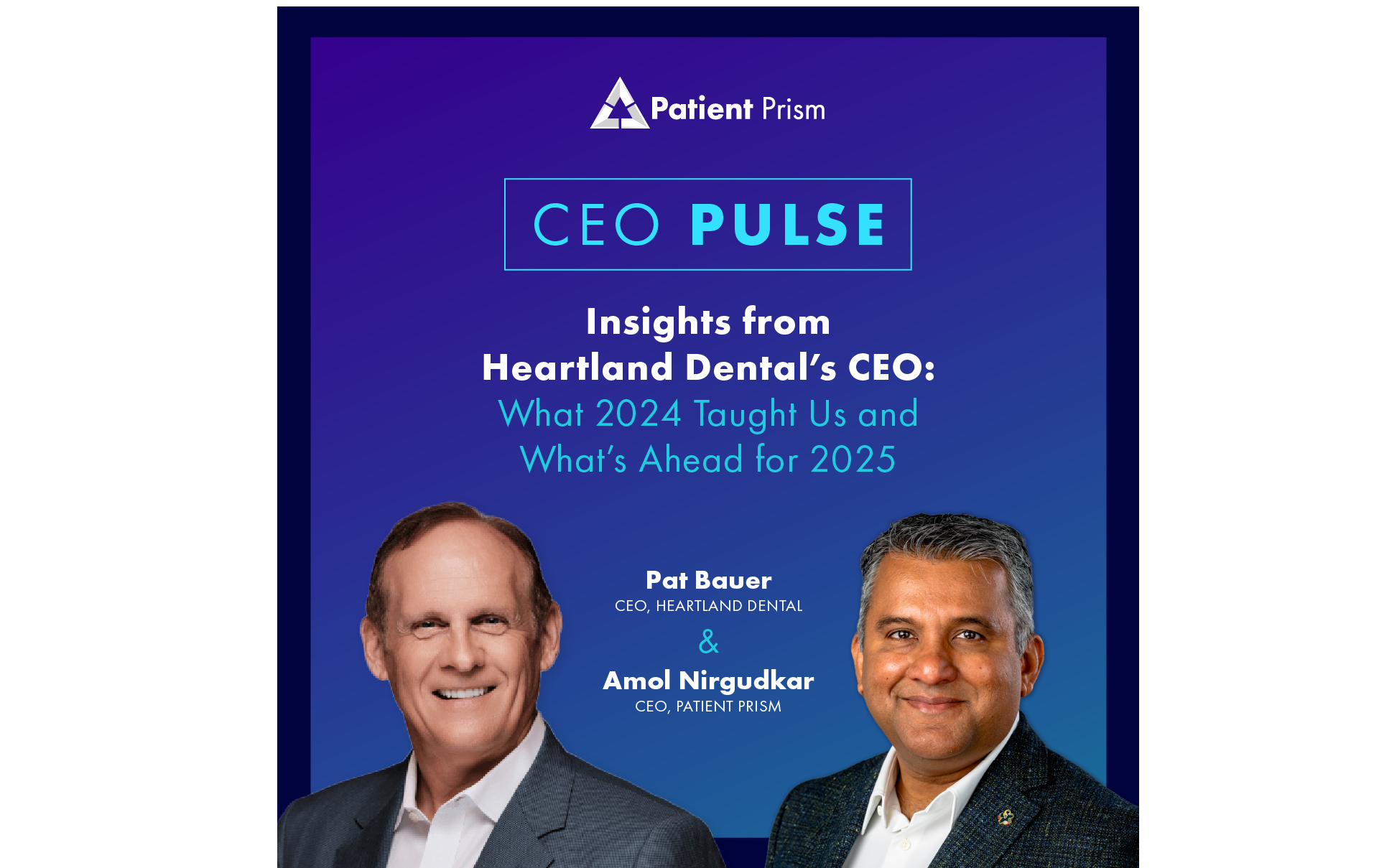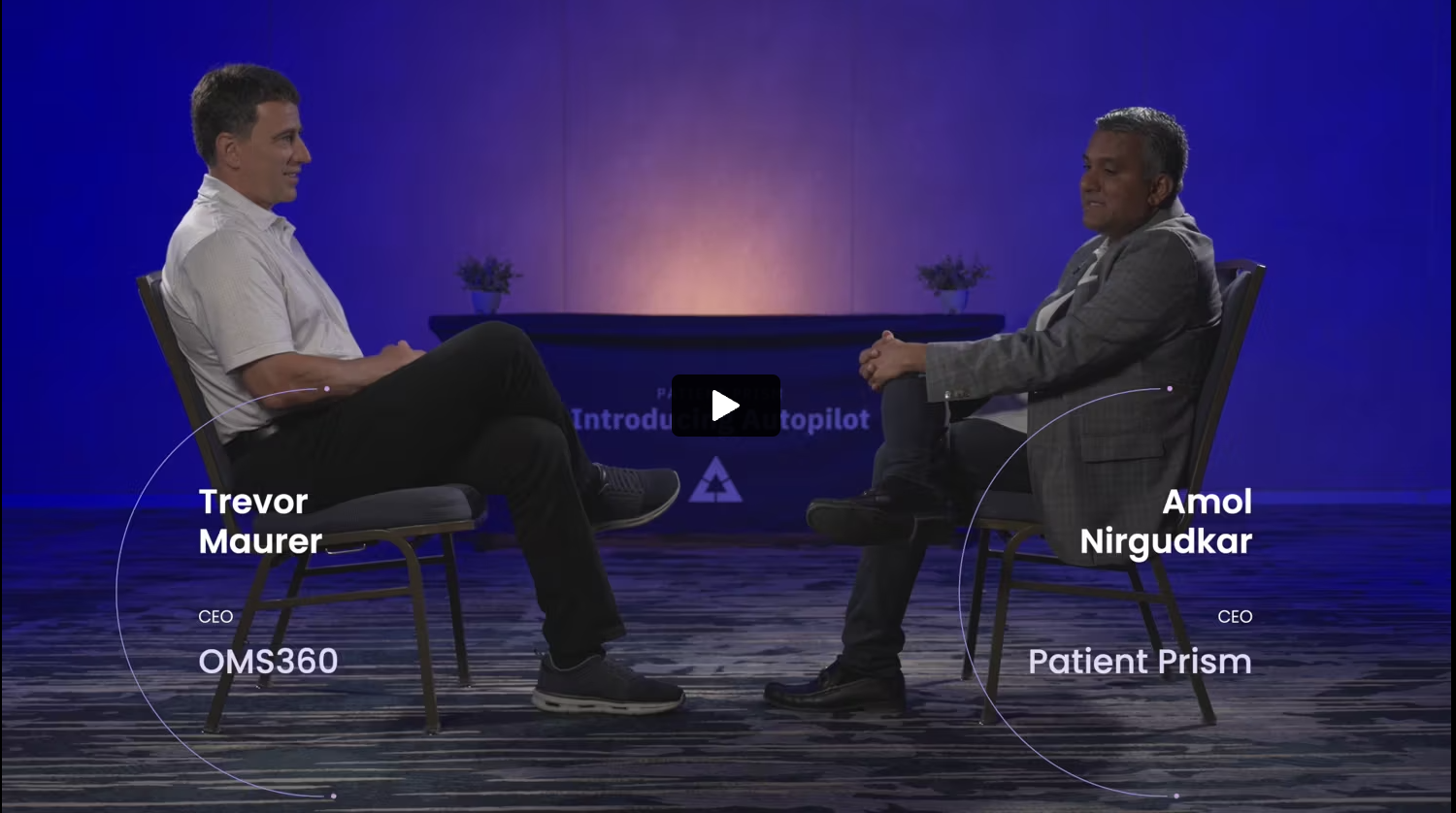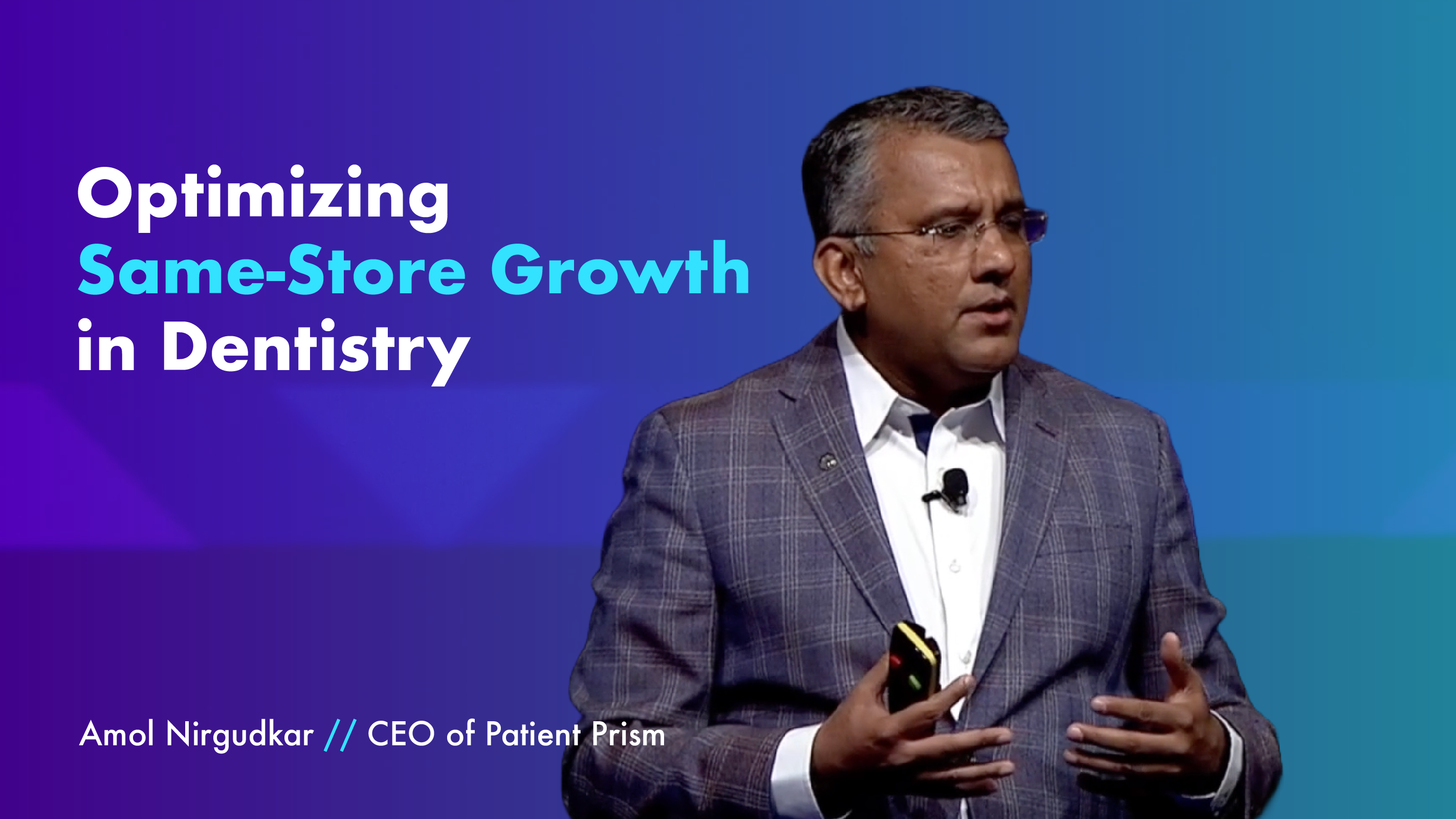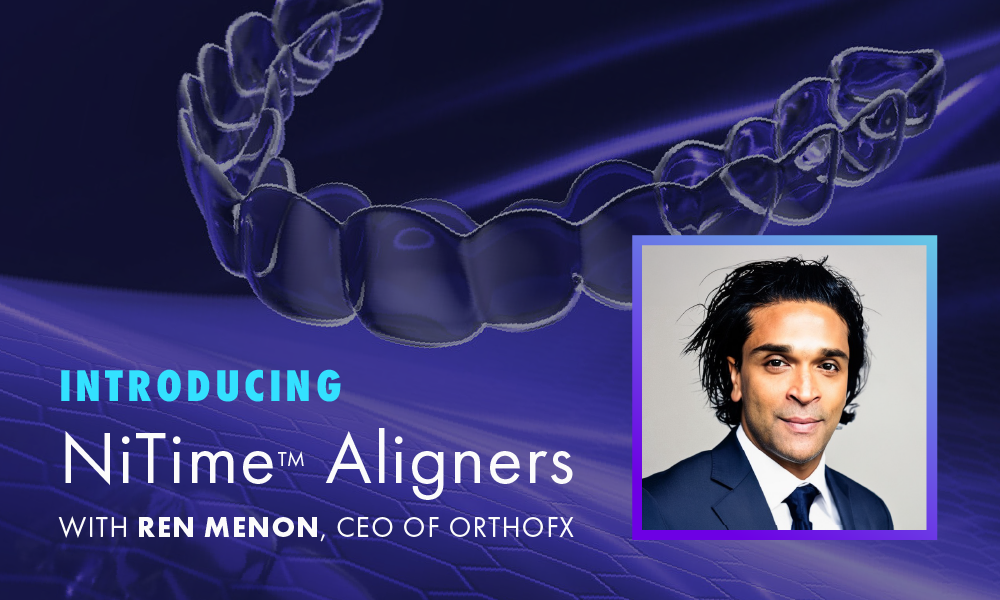Consolidation in Orthopedic Practices. The landscape of healthcare, particularly within orthopedic practices, is currently riding a significant wave of consolidation. This trend sees smaller practices either merging into larger groups or affiliating with expansive health systems. Driven by a cocktail of economic pressures and strategic decisions, consolidation offers a slew of benefits—from bolstered bargaining power with insurers to improved access to cutting-edge technologies. But how exactly can conversational AI, a burgeoning force in healthcare, play a role in amplifying these benefits? Let’s dive into the nitty-gritty of consolidation’s advantages and how AI is not just riding the wave, but pushing it further.
Consolidation in Orthopedic Practices: A Closer Look
The orthopedic sector is seeing a notable shift with smaller practices joining forces under larger umbrellas, a movement driven by both necessity and strategy. This consolidation trend is multifaceted, providing numerous advantages that help practices not just survive but thrive in today’s competitive healthcare environment.
Economies of Scale: Cost Efficiency at Its Best
One of the primary motivators behind this wave is the pursuit of economies of scale. By banding together, orthopedic practices can bulk purchase supplies, streamline administrative tasks, and consolidate back-office functions. This not only slashes per-unit costs but also enhances overall operational efficiency. For example, instead of five practices each buying an MRI machine, a consolidated group might share one, significantly cutting down capital expenditures.
Increased Bargaining Power: A Stronger Negotiation Stance
When practices consolidate, they form larger entities with more substantial bargaining clout. This increased power is especially crucial in negotiations with insurers. With better leverage, these groups often secure more favorable reimbursement rates, which is critical as the industry grapples with generally declining payments from public insurers like Medicare and Medicaid.
Access to Capital and Cutting-Edge Technology
Larger groups often have easier access to capital, which opens the door to investments in advanced medical technologies. From robotic surgery systems to state-of-the-art imaging equipment, these technologies are generally out of reach for smaller practices due to their high costs. Moreover, being part of a bigger entity often means better access to funding for research and development, propelling innovation within the practice.
Regulatory Compliance: Smoother Navigation through Complex Waters
With increasing regulatory demands, being part of a larger organization can be a significant advantage. Larger groups have the resources to employ specialists in legal and regulatory affairs, helping the practices navigate through the complex healthcare regulations more effectively and avoid potential compliance issues.
Consolidation in Orthopedic Practices: Attracting and Retaining Top Talent
Consolidation in Orthopedic Practices. Bigger entities not only offer more attractive compensation packages but also provide opportunities for medical professionals to specialize in specific orthopedic subfields. This ability to specialize can attract top-tier talent, which in turn can reduce turnover and enhance the quality of care.
The Role of Conversational AI in Enhancing Consolidation Benefits
As orthopedic practices grow and the volume of patient interactions increases, maintaining a personal touch becomes challenging. Here’s where conversational AI can play a pivotal role.
Streamlining Patient Communications
Conversational AI tools, like chatbots and virtual assistants, can handle routine inquiries and patient scheduling efficiently. These AI solutions can provide quick responses to common patient questions, book appointments, and even send reminders for upcoming visits, reducing the workload on human staff and allowing them to focus on more complex tasks.
Enhancing Patient Engagement and Satisfaction
AI-driven platforms can personalize interactions based on patient history and preferences, making even a large, consolidated practice feel more intimate. For instance, AI can analyze past patient interactions to tailor communications and recommend personalized treatment plans, significantly enhancing patient engagement and satisfaction.
Consolidation in Orthopedic Practices Operational Efficiency
Conversational AI can automate many back-office operations, such as billing and claims processing. AI can swiftly sift through massive amounts of data to ensure accuracy in billing, speed up claims processing, and even predict which claims might be rejected, helping to preemptively address issues.
Supporting Clinical Decision-Making
AI tools can assist in diagnosing and planning treatment by providing up-to-date medical information and referencing similar cases. This support is invaluable in a consolidated practice where the sheer volume of cases can be overwhelming.
Wrapping It Up
The consolidation wave in orthopedic practices presents both opportunities and challenges. While the benefits are clear, integrating conversational AI into these larger entities can further amplify these advantages, enhancing both patient care and operational efficiencies. As this trend continues to evolve, staying ahead with AI can make all the difference in how these practices not only cope with the changes but lead in innovation and patient care quality.
By embracing both consolidation and innovative AI technologies, orthopedic practices can position themselves at the forefront of a dynamically changing healthcare landscape, ensuring they deliver top-notch care while maintaining efficiency and profitability.














 A few minutes can change everything.
A few minutes can change everything.
 Build Your Million-Dollar DSO Playbook
Build Your Million-Dollar DSO Playbook Seats are limited to 150 and they’re filling fast!
Seats are limited to 150 and they’re filling fast!